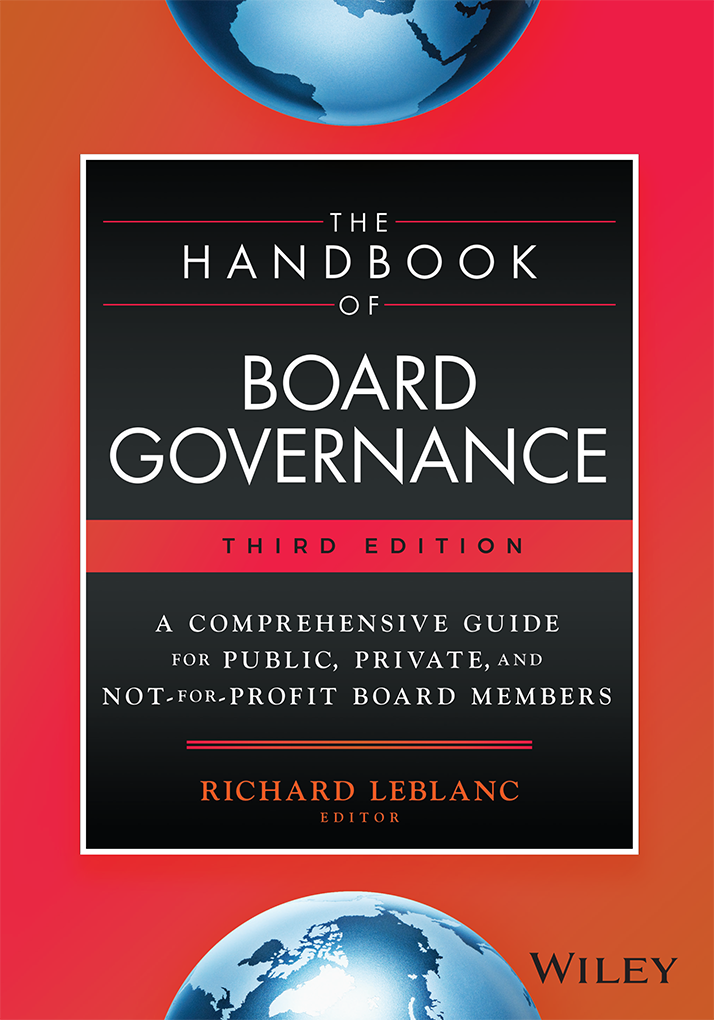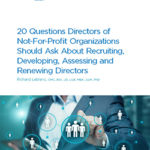I attended an American Bar Association seminar last week by telephone that was very informative. It was a presentation by an American colleague, Professor Charles Elson, and his graduate student, Craig Ferrere, on executive pay and the use of peer groups.
Background to Executive Compensation Reforms
Dodd-Frank (which is a significant piece of legislation in the US) is requiring that compensation committees that approve executive pay be composed of independent directors and that compensation consultants, when retained, also be independent. Sarbanes-Oxley (a similar piece of legislation enacted after WorldCom and Enron) adopted a similar approach mandating independent audit committee members and independent external auditors.
Dodd-Frank also will require (in regulation yet to come by the Securities and Exchange Commission in Washington) the disclosure, for each listed US company, of a ratio comparing CEO pay to that of the median (meaning, middle) pay of an employee of the company, and greater demonstration of pay-to-performance linkages. Dodd-Frank has also mandated that pay plans be put up for an advisory (meaning, non-mandatory) shareholder vote at least once every three years, otherwise known as “say-on-pay” votes. The vast majority of say-on-pay votes have been approved.
Skeptics argue, however, that making compensation committees more independent, and mandating greater pay disclosure for shareholder approval, will not constrain pay, but may actually compound the problem, otherwise known as “the law of unintended consequences.” This means that with greater and greater pay disclosure, CEOs become competitive and greedy, saying to compensation committees, in effect, that they are worth more than another CEO, for example, and exert greater upward negotiating pressure on the committee.
Having a more independent compensation committee members may not, in and of itself, be adequate to respond to this pressure in the competition for executive talent. Nor will say-on-pay votes, as shareholders want the best CEO leading the company so that they will maximize their investment.
The skeptics may have been largely correct over the years, given that even with many of the above reforms beginning to be enacted and the global recession, CEO pay has continued to rise, at a 10-20 percent level.
The Structural Reason CEO Pay Continues To Rise Despite Reforms
A very important reason CEO pay continues to rise in spite of all these reforms over the years is related to the “Lake Wobegon” effect, which is a natural human tendency to overestimate one’s capabilities, and this means that the water continues to rise for all CEOs.
A problem is the way pay is actually calculated and compared.
Executive pay is calculated by comparing executive pay within similar companies, otherwise known as “peer groups.” When the pay is compared, compensation committees decide whether they should pay their CEO at 50th, 75th or 90th %’ile when compared to the peer group. The peer group is a basket of companies that is very important, and executives will cherry-pick or favor certain companies that may not entirely compare to their company in terms of size, complexity or industry. Companies are compared using peer groups of similar companies, in other words, not individuals.
In addition, the vast majority of compensation committees will select either the 50th, 75th or 90th percentile for their CEO, for the simple reason that they do not want to signal to the market that their CEO, whom they have chosen, ranks in the 25th percentile, for example, or even below the 50th.
The implication of peer groups and percentile selection, combined, which constitute the primary tool of comparing and setting pay, therefore means that CEOs have a “built-in” increase of between 10 and 20% every year (or an average of 17%), which is compounded each year. This increase results from repeatedly choosing 50th, 75th or 90th percentile comparison of peer groups of companies rather than individuals.
The difficulty with peer groups is that they are predicated on the characteristics of the company, rather than the individual. Performance metrics of companies are compared and then the individual pay is “back-doored” based on the company’s performance. In addition, if a company within a peer group has a very successful year, all CEOs who use that company within their peer groupings will benefit regardless of their performance, which is unjust enrichment.
There are no widely accepted individual performance metrics, to complement or counter-act the systemic bias of peer groups and percentile rankings. Imagine if you will that there was a CEO ranking based on a metric that was shown to correlate to corporate performance, and among individual CEOs so CEOs could be compared, such as “stewardship of assets,” for example. CEOs could be ranked within an index, say Fortune 500, for Fortune 50, much the same way that mutual fund managers or even hockey players are (the number of goals, assists, etc.) are compared, over a 5 year period to counter act the effect of an anomalously good or bad year.
Professor Elson and his graduate student are working on a such a metric and index. If they successful, this will begin to address the structural bias inherent in setting CEO pay.
Posted by Richard Leblanc on Aug 9, 2011 at 5:01 pm in CEO, Organizational Performance and Compensation, Performance and Evaluation |












